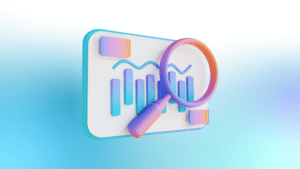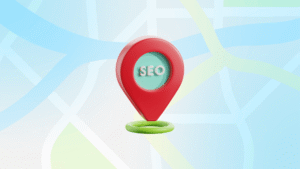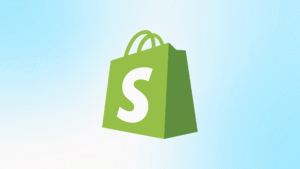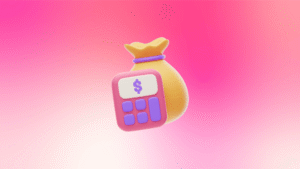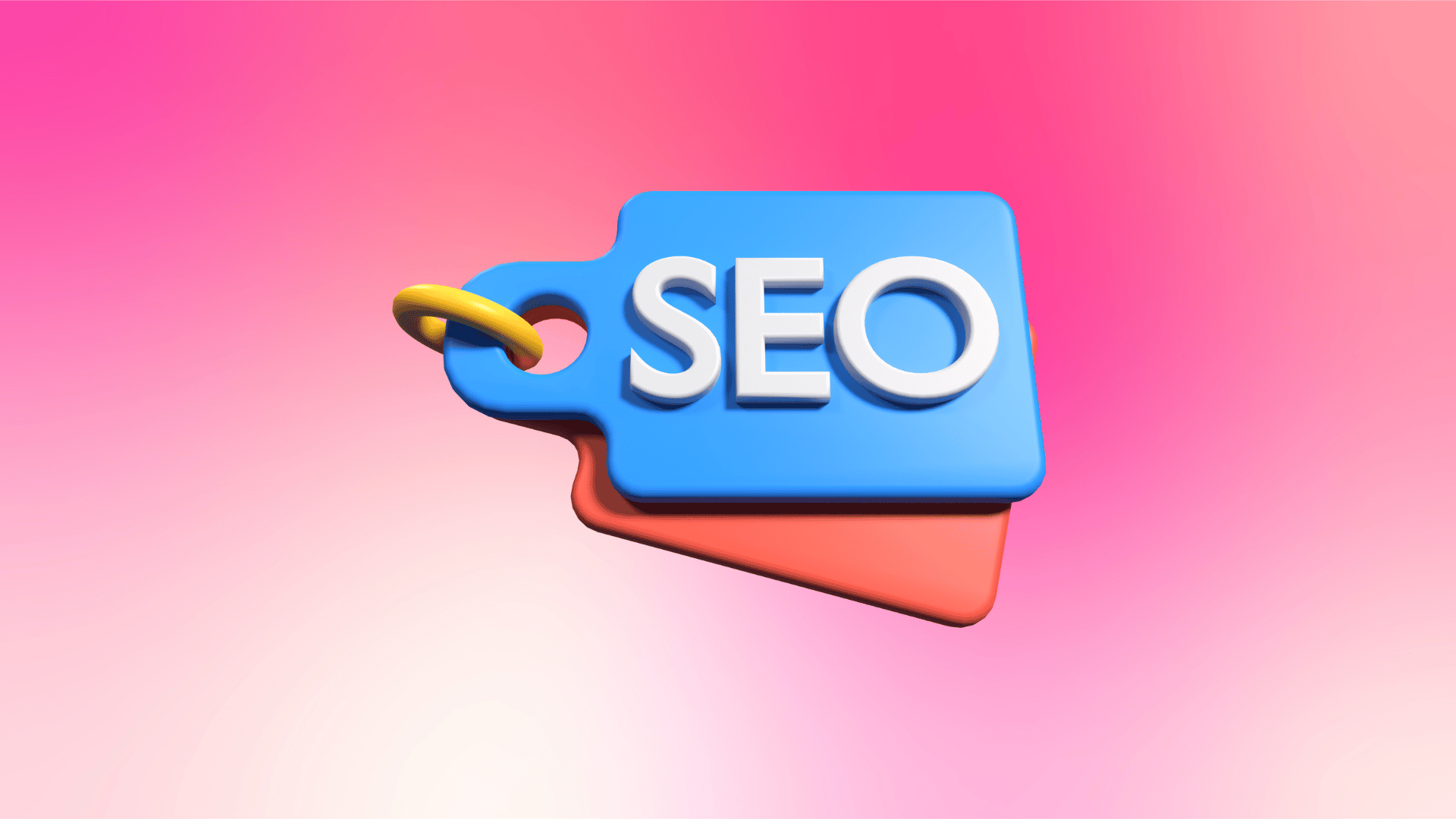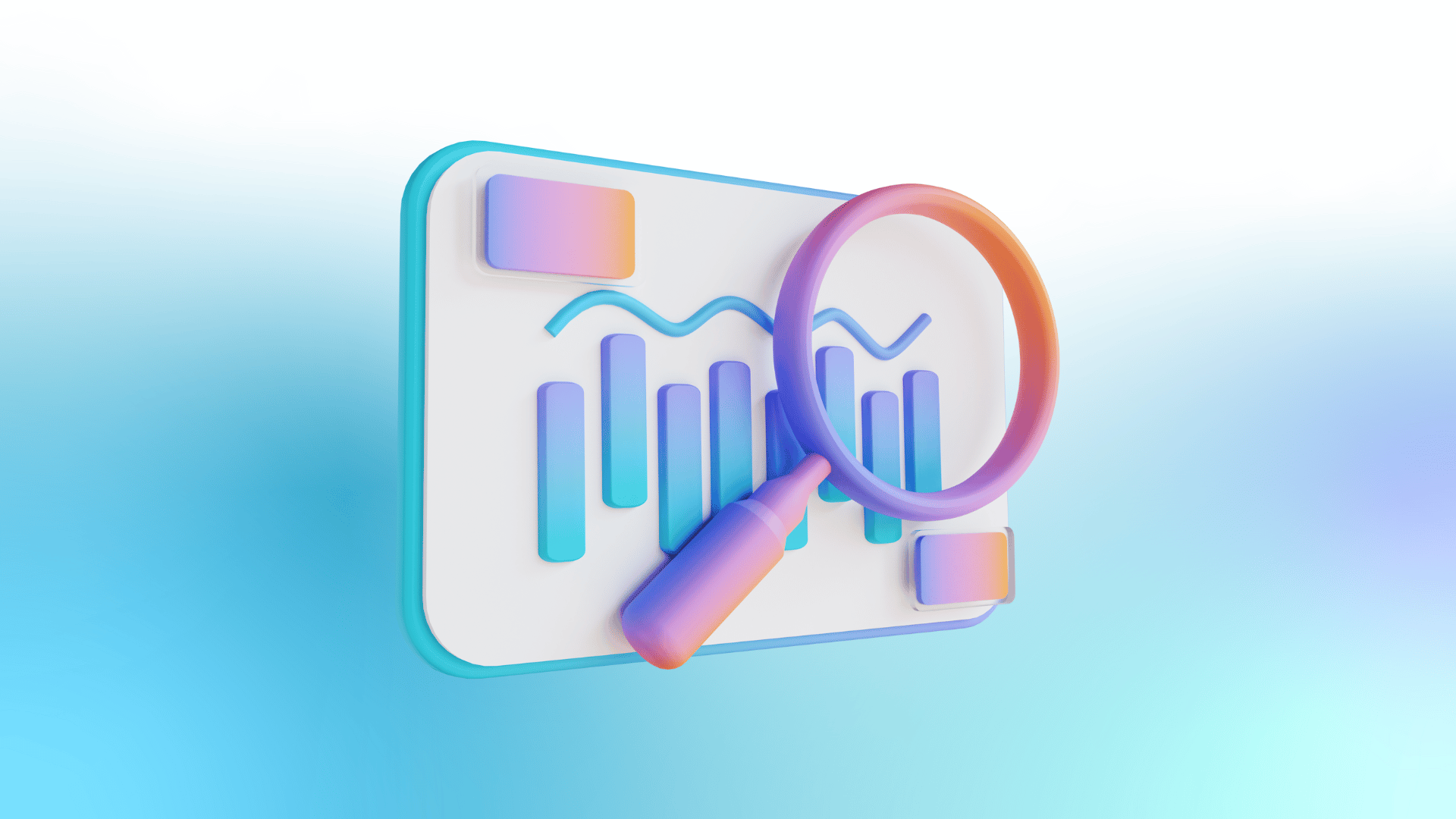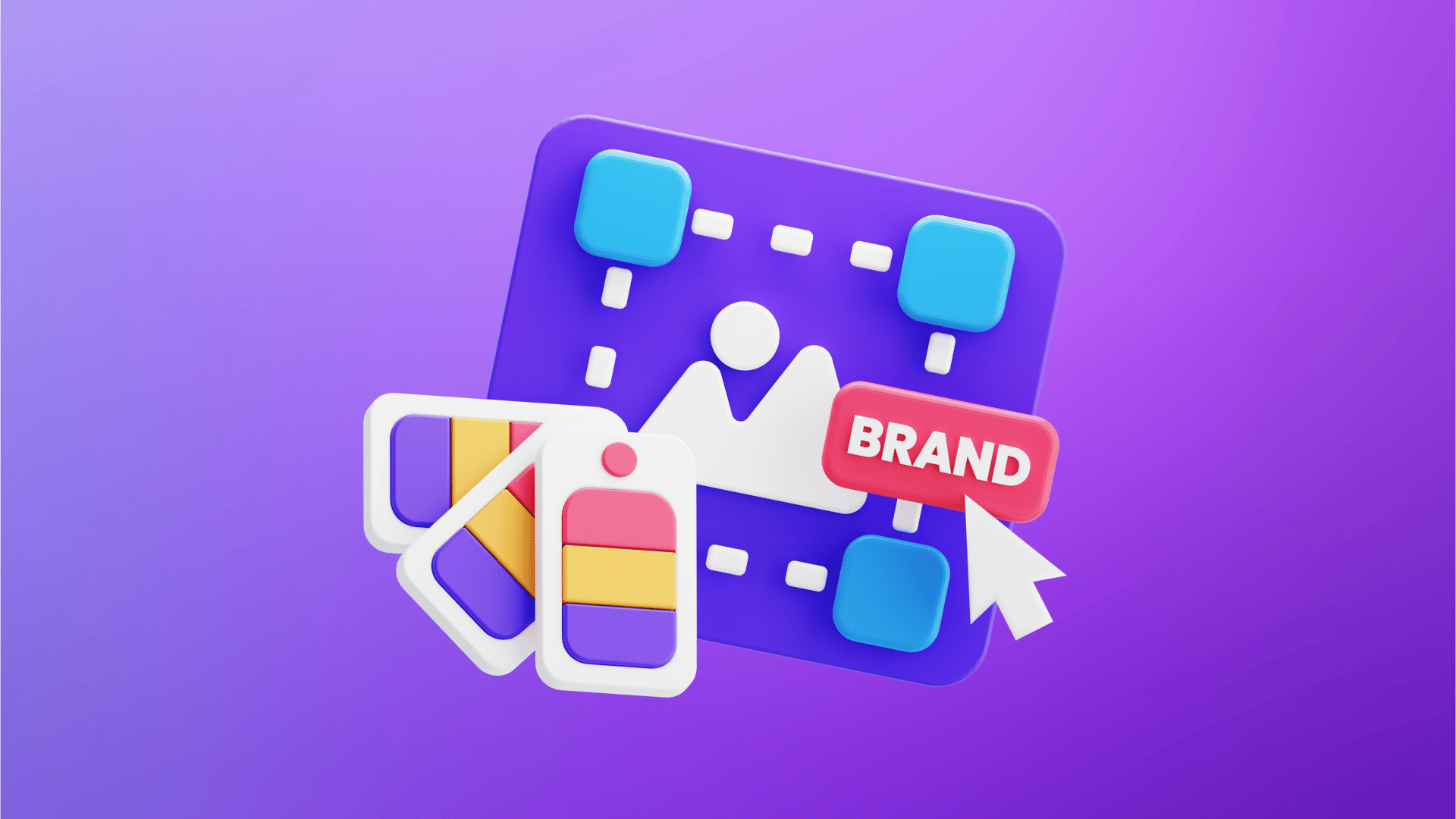Facebook has nearly 3 billion monthly active users. That’s almost one-third of the world’s population scrolling through their feeds each month.
The platform needs more than just regular content posts. Our analysis of nearly 2 billion social media interactions across 400,000 social profiles shows that timing is a vital factor. Posts at 5:00 AM on Tuesdays could boost your engagement by a lot compared to midnight posts.
Finding the best time to post on Facebook has become a data-driven science. Your content’s visibility depends on understanding these peak engagement windows. This applies to social media managers in healthcare, education, or any other field.
We studied over 1 million social posts to create this complete guide on the best times to post on Facebook. Want to maximise your Facebook engagement? Let’s take a closer look at the data.
Understanding Facebook Post Timing Data
Our research takes a closer look at Facebook’s intricate engagement patterns through detailed data analysis. The study looked at nearly 2 billion social media engagements from 400,000 social profiles and gave an explanation about the best times to post.
How the research was conducted
We focused on tracking engagement patterns in a variety of time zones and industries. The team gathered data from Facebook business pages and monitored post performance and user interactions. The study selected posts from various time slots to evaluate their effect on engagement levels.
The research method included both organic and paid content analysis to see how timing affects post visibility and user interaction. On top of that, the data collection process tracked user behaviour patterns throughout the week and revealed distinct engagement trends.
Key metrics analysed
The study measured several significant engagement metrics:
- Engagement Rate: Calculated as the sum of interactions, comments, and shares divided by the number of posts, then divided by follower count and multiplied by 100
- Reach: The total number of unique users who viewed the content
- Impressions: The number of times content appeared on users’ screens
The analysis showed that weekday engagement patterns are different from weekend interactions. The research tracked daily values over time and measured metrics like page engagement rate, organic impressions, and viral reach.
The study made a clear distinction between organic and paid reach. So, this helped track precisely how content naturally spreads through the network versus paid promotion performance.
The research also measured audience active hours, which is a vital part of timing optimisation. Through Facebook Insights, the team monitored their followers’ most active times to target peak engagement windows precisely. This data collection approach ensured that timing recommendations came from actual user behaviour rather than theoretical assumptions.
Global Peak Engagement Times
Facebook users show clear patterns in when they’re most active. These patterns change based on different time zones and give us great insights into user behaviour and response rates.
Morning peaks (EST/PST/GMT)
Users across time zones are pretty consistent in their morning activity. The best time to post starts at 9:00 AM (EST) on weekdays. The data shows that posts between 7:00 AM and 10:00 AM (EST) get more engagement and thus encourage more interaction. Businesses looking at Pacific time zone audiences should aim for 6:00 AM to 9:00 AM (PST) to catch people during their morning commute.
Evening engagement patterns
User activity shows clear spikes in the afternoon and evening. The busiest time happens between 1:00 PM and 3:00 PM (EST) when people take lunch breaks. Posts at 1:00 PM see the most shares, while 3:00 PM posts get the most clicks.
Weekend vs weekday differences
The way people use Facebook on weekends versus weekdays is quite different. Here’s what the numbers tell us:
- Engagement stays steady from 9:00 AM to 3:00 PM on weekdays
- Friday is the star performer with strong engagement from 9:00 AM through 4:00 PM
- Saturday shows the lowest activity of any day
- Sunday picks up between 8:00 AM and 1:00 PM, but doesn’t match weekday numbers
Mid-week mornings, especially Monday through Thursday, are your best bet for engagement. People usually check their feeds during work breaks at these times, which makes them perfect for getting your content seen.
Reaching global audiences needs careful planning with time zones. Posts work best when they go live between 7:00 AM and 10:00 AM in your target region’s time zone. This pattern stays true in different locations, though engagement levels might change.
Industry-Specific Posting Times
Each industry has its own Facebook engagement patterns. This means businesses need custom posting strategies that work best for their audience. Let’s get into the best posting times for different sectors.
B2B optimal times
Business professionals are most active during work hours. The best time to post is between 8 AM to 10 AM (EST) on weekdays. This is when professionals check social media before starting their day. You’ll see another spike from 4 PM to 6 PM (EST) as people finish their work.
E-commerce peak hours
Retail brands see different patterns throughout the week. Engagement peaks on Wednesdays at 1 PM (EST) and Fridays at 11 AM (EST). Weekend posts do well too, especially on Saturdays from 1 PM to 3 PM (EST). This makes sense as people have more time to shop online.
Media and entertainment sweet spots
Entertainment content gets the most attention in the evening. The sweet spot is between 7 PM to 9 PM (EST) when people look for entertainment. News and media content works best early morning from 5 AM to 7 AM (EST) on Saturdays as people catch up on updates.
Service industry best times
Service sectors show these engagement patterns:
- Healthcare: Best results Tuesday through Thursday, especially from 5 PM to 7 PM (EST)
- Hospitality: Most active on weekdays between 10 AM to 5 PM (EST)
- Education: Works well from 9 AM to 6 PM (EST) on weekdays
- Financial Services: Highest engagement on weekdays between 4 AM to 7 AM (EST)
These timing patterns associate with great engagement rates across industries. Healthcare posts get about 5.9% engagement, while media and entertainment content reaches 2.1%. Professional services maintain 3.7% engagement. This shows how important timing is.
The numbers show that lining up your posts with industry patterns can boost your content’s visibility. Understanding your industry’s timing priorities helps businesses make the most of their Facebook presence.
Analysing Your Audience’s Active Hours
You need a deep understanding of your audience’s behaviour to find the best posting time. Facebook offers powerful tools that help make informed decisions about your content strategy.
Using Facebook Insights
Facebook’s Posts tab in Insights shows vital data about audience activity through two main graphs. The first graph shows the average number of fans who viewed posts by day of the week. The second displays hourly engagement patterns.
Here’s how you can find these useful metrics:
- Go to your Professional dashboard
- Click the Content section
- Pick a time frame (90 days gives the most detailed analysis)
- Sort posts by engagement to spot patterns
- Look at reach and engagement metrics separately
The sweet spot for engagement emerges where peak audience presence meets minimal posting competition. This helps you find the best posting windows that might not match general peak times.
Tracking engagement patterns
Your success depends on watching several key performance indicators. The engagement rate shows how well individual posts perform, while reaction tracking reveals what your audience feels. Regular checks of analytics show trends in how your audience behaves.
Age groups use Facebook differently. Many professionals check Facebook during commute times and lunch breaks. Your audience’s location matters too – posts need to match their local time zones to make the biggest impact.
Watch both post reach and engagement metrics to measure accurately. Together, they paint a full picture of how your content performs by showing visibility and interaction levels. Knowing your target audience saves resources and builds a foundation for better engagement and ROI.
The Performance Summary tool reveals topics your audience cares about most. This analysis helps you find keywords that spark conversations and improve your content strategy. Regular metric reviews help you learn which content types strike a chord with your audience best.
Tools for Timing Optimisation
The right tools make it easier to find the best times to post on Facebook. Many platforms help optimise posting schedules, from Facebook’s own analytics to external solutions.
Facebook Analytics features
Meta Business Suite is Facebook’s main analytics platform that gives detailed insights about post performance. Users can see important metrics about audience engagement patterns through the Professional dashboard. The platform shows vital data about post reach, impressions, and page followers’ demographics.
Meta Business Suite’s Content section helps users analyse posts by date and engagement metrics. The platform also tracks how videos perform, measures event success, and follows follower growth patterns to determine the best Facebook posting times.
Third-party scheduling tools
Buffer stands out because it knows how to find the perfect posting times based on past performance. The platform looks at previous engagement patterns and suggests specific posting windows while providing detailed analytics for each post.
SocialPilot uses SmartQ Slots to automatically find prime posting times based on when the audience is most active. The easy-to-use dashboard lets users:
- Schedule up to 500 posts simultaneously
- Create customised reports for performance tracking
- Access AI-powered content assistance
- Merge with multiple design and content creation apps
Hootsuite excels at social media management and works with over 150 applications. The platform gives content templates and suggests scheduling times based on when audiences engage most.
Data analysis platforms
Sprout Social shows Facebook analytics through one unified dashboard. The platform keeps track of total impressions, engagement rates, and audience growth. On top of that, it uses ViralPost technology to calculate the best posting times by studying user behaviour.
Brandwatch lets users look back at 400 days of data for both owned and non-owned Facebook pages. The customizable dashboard updates engagement metrics live, which helps identify peak posting times.
Keyhole uses Historical Insights to predict market changes and consumer interests based on social media patterns. The platform tracks hashtag performance and campaign metrics at the same time, showing how content performs overall.
These tools now use artificial intelligence to improve timing suggestions. To name just one example, Iconosquare offers free Facebook page audits, while RivalIQ focuses on competitive analysis through its Head-to-Head Report feature. These platforms help businesses make evidence-based decisions about posting schedules, so content reaches audiences when they’re most likely to engage.
Conclusion
The right posting time creates a huge difference in Facebook’s engagement rates. Our analysis of over 1 million posts shows that smart timing can double or triple your content’s visibility and interaction.
Each industry has its unique engagement patterns. Healthcare posts work best between 5 PM to 7 PM (EST), and B2B content reaches peak engagement from 8 AM to 10 AM (EST). Tools like Meta Business Suite, Buffer, and Sprout Social help track these patterns with precision.
Facebook success needs more than quality content – it needs smart timing that matches your audience’s behaviour. Your specific audience data through Facebook Insights will show the best posting windows for your content.
You should test different posting times, track results, and adjust your strategy based on performance. Your best posting schedule might be different from general trends, so let your audience’s engagement guide your decisions.
Author
-

Managing Director of one of Australia's leading Digital Marketing Agencies... With over 7+ years of hands on experience in SEO, managing both national & international organisations SEO strategy and campaign distribution. Having won several international awards (Search Awards, Clutch, TechBehemoth etc.) for both paid media and search campaign success... He is a front runner in leading search and defining the playbook for the Australian market.
View all posts

